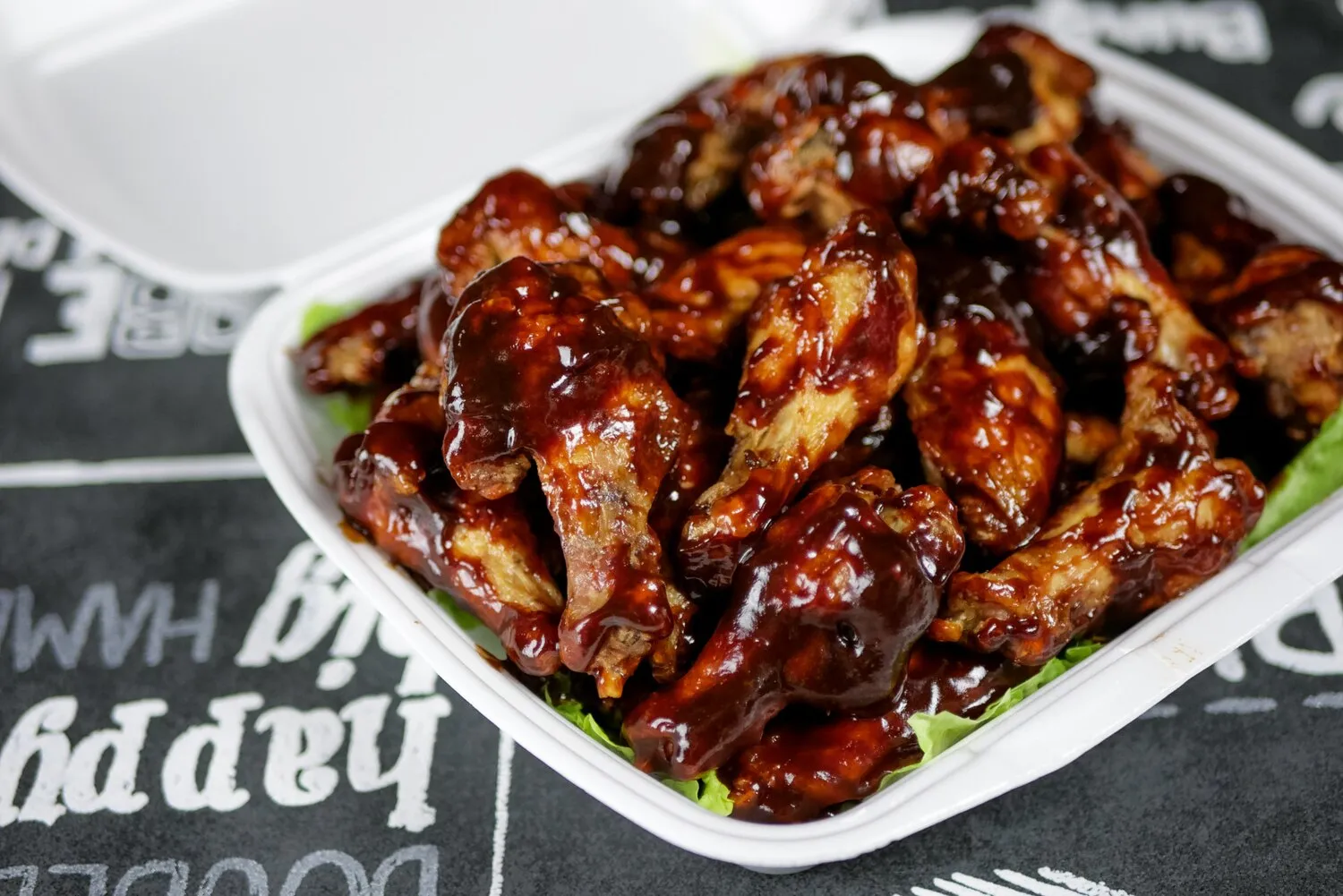
Karaage
Japanese fried chicken, often served with a dipping sauce.
Nutrition Facts
* The % Daily Value (DV) tells you how much a nutrient in a serving of food contributes to a daily diet. 2,000 calories a day is used for general nutrition advice.
Ramen Tsubaki
Deep frying, while used in other cultures, became more prevalent in Japan after World War II when access to cooking oil increased. Karaage emerged as a popular and affordable dish, particularly in the post-war era, evolving from earlier forms of fried foods.
Karaage holds a significant place in Japanese cuisine and culture, often enjoyed as a casual snack, a bento box staple, or a popular dish at festivals and izakayas (Japanese pubs).
Bento Box Essential
Karaage is a very common ingredient in bento boxes, both homemade and commercially prepared, making it a familiar and beloved comfort food for students and workers alike.
Festival Food
You will commonly find Karaage at Japanese festivals and events, served in paper cones or small dishes, often alongside other popular street foods like takoyaki and yakitori.
Izakaya Staple
Karaage is a standard menu item at izakayas, where it is served as a snack or appetizer to accompany drinks. It's often seasoned differently in various establishments, showcasing local variations.
Family Meal
Karaage is a very easy meal to make, and is very popular in Japanese household cuisine for a quick and easy meal to have.
Karaage is characterized by its savory, umami-rich, and slightly sweet flavor profile, complemented by a crispy, often subtly spiced coating.
The flavor primarily comes from marinating bite-sized pieces of chicken (usually thigh) in a mixture of soy sauce, ginger, garlic, and often sake or mirin. Some recipes include sesame oil or a touch of sugar. The chicken is then coated in potato starch (katakuriko) or flour (or a combination) before being deep-fried until golden brown and crispy.
Double Frying
Double frying is a common technique for achieving extra crispiness. Fry the chicken at a lower temperature (around 325°F/160°C) for the first fry to cook it through, then raise the temperature to around 375°F/190°C for the second fry to achieve a golden-brown, crispy exterior.
Potato Starch vs. Flour
Potato starch (katakuriko) generally results in a crispier and lighter coating than flour. Using a combination of both can provide a good balance of texture and flavor.
Marinating Time
Marinating the chicken for at least 30 minutes, or even longer (up to a few hours), allows the flavors to penetrate the meat, resulting in a more flavorful final product. Do not marinate for too long as this can negatively affect the texture.
Don't Overcrowd the Pan
Frying in small batches prevents the oil temperature from dropping too much, ensuring even cooking and crispiness. Overcrowding can lead to soggy Karaage.
Resting
Let the fried chicken rest on a wire rack after frying to allow excess oil to drain and maintain crispiness.
Explore additional Appetizers dishes and restaurants
Explore AppetizersDiscover top dining spots and culinary experiences in Fayetteville.
Explore FayettevilleLearn more about the food culture, restaurant scene, and culinary heritage of United States.
Explore United States